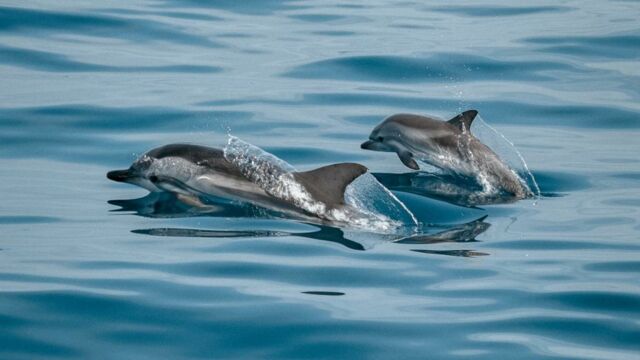Scientists at the University of Hawai’i have just discovered a new and previously unknown strain of cetacean morbillivirus—a pathogen that can cause fatal infections amongst marine mammals.
Discover our latest podcast
They found the virus in a Fraser’s dolphin that was stranded in the Pacific in 2018. After two years of intense research, they’ve concluded that the virus could spark a global epidemicas dolphins are very social animals that interact closely with other dolphins and whales. Their findings were published in the journal, Nature Scientific Reports.
A new divergent strain
In 2018, the infected dolphin washed up off the coast of Maui and researchers studied its remains for two years. While the animal’s body appeared to be healthy, its organs and cells did show signs of disease.
It was a ‘new and highly divergent strain of morbillivirus that scientists were previously unaware of,’ says Kristi West, researcher at the Institute of Marine Biology in the University of Hawai'i. This revelation has been concerning scientists because although only a handful of strains have been identified till date, it can lead to fatal outbreaks amongst dolphins and other marine mammals in general. Kristi West explains to University of Hawai’i News:
Morbillivirus is an infectious disease that has been responsible for mass mortalities of dolphins and whales worldwide. It is related to human measles and smallpox.
Threat to already vulnerable species
West goes on to say that the virus could be especially dangerous to species around the area that are extremely vulnerable. She adds:
It’s also significant to us here in Hawaiʻi because we have many other species of dolphins and whales—about 20 species that call Hawaiʻi home—that may also be vulnerable to an outbreak from this virus.
An example is our insular endangered false killer whales—where there is only estimated to be 167 individuals remaining. If morbillivirus were to spread through that population, it not only poses a major hurdle to population recovery, but also could be a threat to extinction.
In 2017, the virus already wreaked havoc in Brazilian waters when 200 Guiana dolphins succumbed to the virus in just two months.















